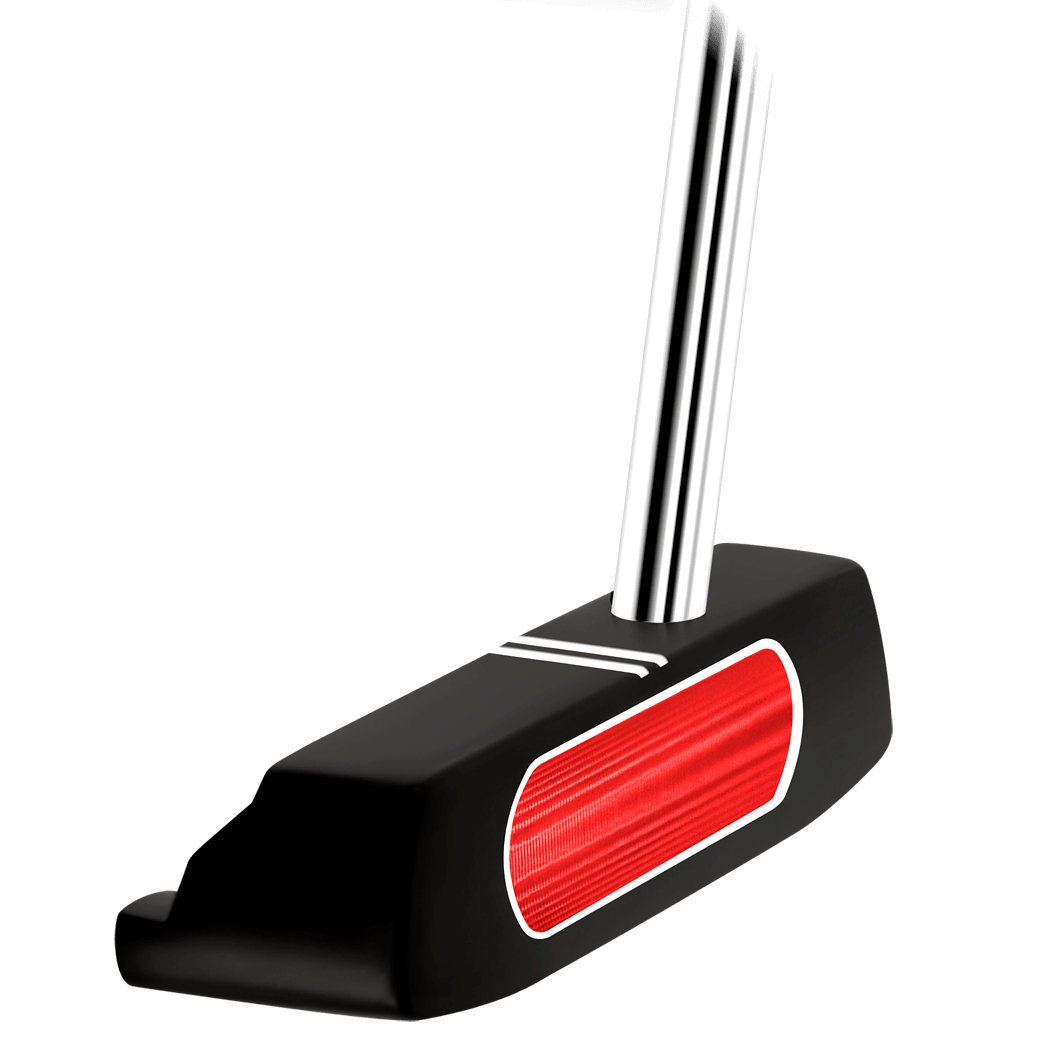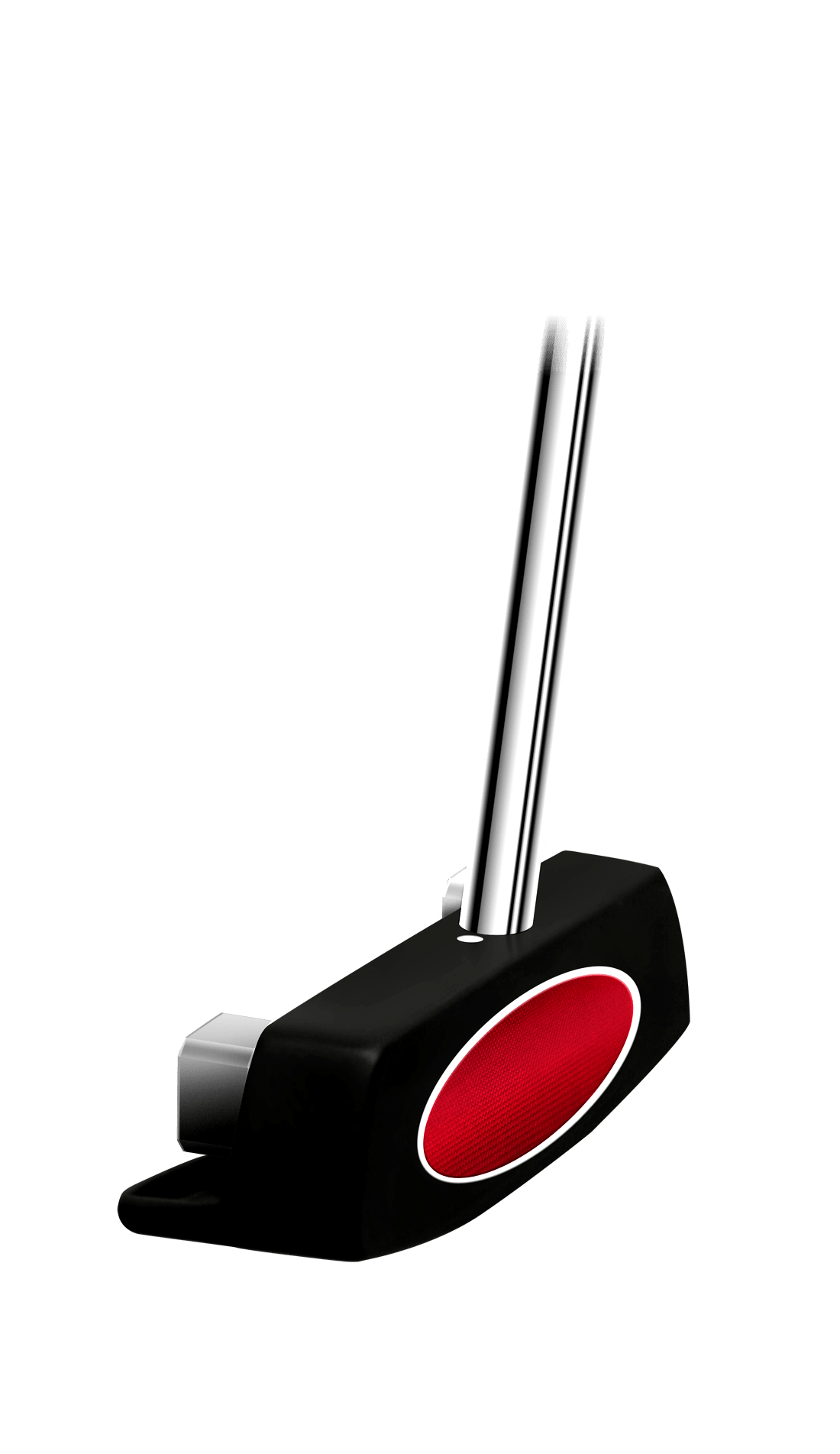
Golf is a physically demanding sport that requires a combination of strength, flexibility, and coordination. Unfortunately, many golfers experience lower back pain at some point in their golfing journey. Lower back pain can be caused by a variety of factors, including poor swing mechanics, muscle imbalances, overuse, or previous injuries. It can significantly affect a golfer's performance and enjoyment of the game. However, there are several strategies and techniques that golfers can implement to manage and alleviate lower back pain.
- Proper Warm-Up: Prior to hitting the course, it is essential to engage in a thorough warm-up routine that includes dynamic stretches and exercises to increase blood flow to the muscles and loosen up the joints. This can help reduce the risk of injury and improve overall flexibility.
- Core Strength: Developing a strong core is crucial for golfers as it provides stability and support for the lower back during the golf swing. Incorporating exercises that target the abdominal muscles, obliques, and back muscles can help improve core strength and reduce the strain on the lower back.
- Proper Posture and Alignment: Maintaining proper posture and alignment throughout the golf swing is essential to prevent excessive stress on the lower back. Golfers should focus on maintaining a neutral spine position, avoiding excessive rounding or arching of the back. Working with a golf professional or physical therapist can help identify and correct any swing flaws that may be contributing to lower back pain.
- Flexibility and Mobility Exercises: Regular stretching and mobility exercises can help improve flexibility in the hips, spine, and shoulders, reducing the risk of lower back pain. Incorporating exercises such as hip stretches, spinal twists, and shoulder mobility drills can help golfers maintain a fluid and efficient swing motion.
- Strengthening Exercises: Strengthening the muscles surrounding the lower back, such as the glutes, hamstrings, and hip extensors, can provide additional support and stability. Exercises like squats, deadlifts, and hip bridges can help build strength in these areas, reducing the strain on the lower back during the golf swing.
- Gradual Progression: When returning to golf after a period of lower back pain or injury, it is crucial to gradually ease back into the game. Starting with shorter practice sessions and gradually increasing the duration and intensity can help prevent re-injury and allow the body to adapt to the demands of the game.
- Rest and Recovery: Rest and recovery are essential for allowing the body to heal and repair. Adequate sleep, hydration, and nutrition can help support the body's recovery process. Additionally, incorporating rest days and listening to your body's signals can prevent overuse and reduce the risk of developing or exacerbating lower back pain.
- Seek Professional Help: If lower back pain persists or becomes chronic, it is important to seek professional guidance. A sports medicine physician, physical therapist, or chiropractor with experience in golf-related injuries can provide a comprehensive evaluation, develop a personalized treatment plan, and offer additional strategies to manage lower back pain.
Remember, every golfer's experience with lower back pain is unique, and it may require a combination of approaches to find relief. It is crucial to listen to your body, make modifications as needed, and prioritize your long-term health and well-being on and off the golf course.
In this discussion let's consider lower back care for golfers, we want to highlight a few points.
- Consider technical adjustments. If you have persistent back issues – not so much major injuries as minor problems that make it hard to play your best – you may want to consider making technical adjustments to your game. For instance, you may be able to stand a little taller at address, taking some of the stress off of your lower back. Or, you could shorten your turn significantly, relying on your hands and arms to do more of the work in the swing. It will be difficult at first to make a technical adjustment, but it could be worth the effort if you are able to play more golf as a result.
- Speak with other golfers. When you run into back problems as a golfer, you can at least take solace in knowing that you aren’t alone. There are countless other golfers who have run into the same issue, and there are almost certainly some at your local course. Ask around to see if any of the other players at your club have had troubles and ask them if they have any tips. You certainly shouldn’t accept medical advice from a non-medical professional, but other golfers may have simple solutions that have helped them on the links.
- Think about walking. At first, you might think that riding in a golf cart is an easier option than walking the course. And, of course, it is in some ways. For instance, you save the energy that would have been used walking up the fairways, so you may feel fresher at the end of the round. However, there is a downside. By sitting in the cart between shots – both while driving and while waiting for the group in front to play – you may allow your body to get stiff. This is not necessarily the best thing for a player with a back problem. In some cases, you may be better off walking the course if you are physically capable of doing so. Obviously, you shouldn’t decide to walk if that is going to cause physical problems in other ways. And, if you do walk, pushing your clubs on a push cart rather than carrying them may be a wise choice.
It’s no fun to deal with lower back pain in golf. Not only is it uncomfortable, it also can harm your game and even cause you to miss out on being able to play at all. Overall, the main message of this article is simple – be smart, pay attention to your health, and get help from a medical professional when you have problems. We hope that you will be able to manage your back health successfully, so you can have a long and enjoyable career on the links.






